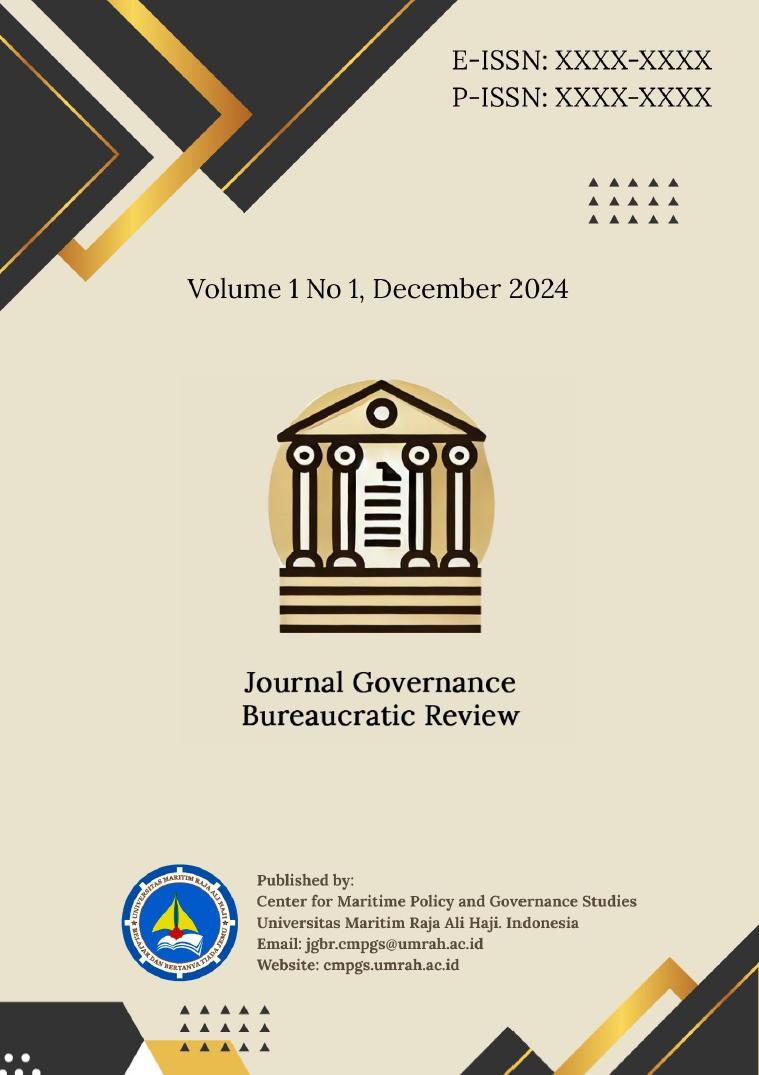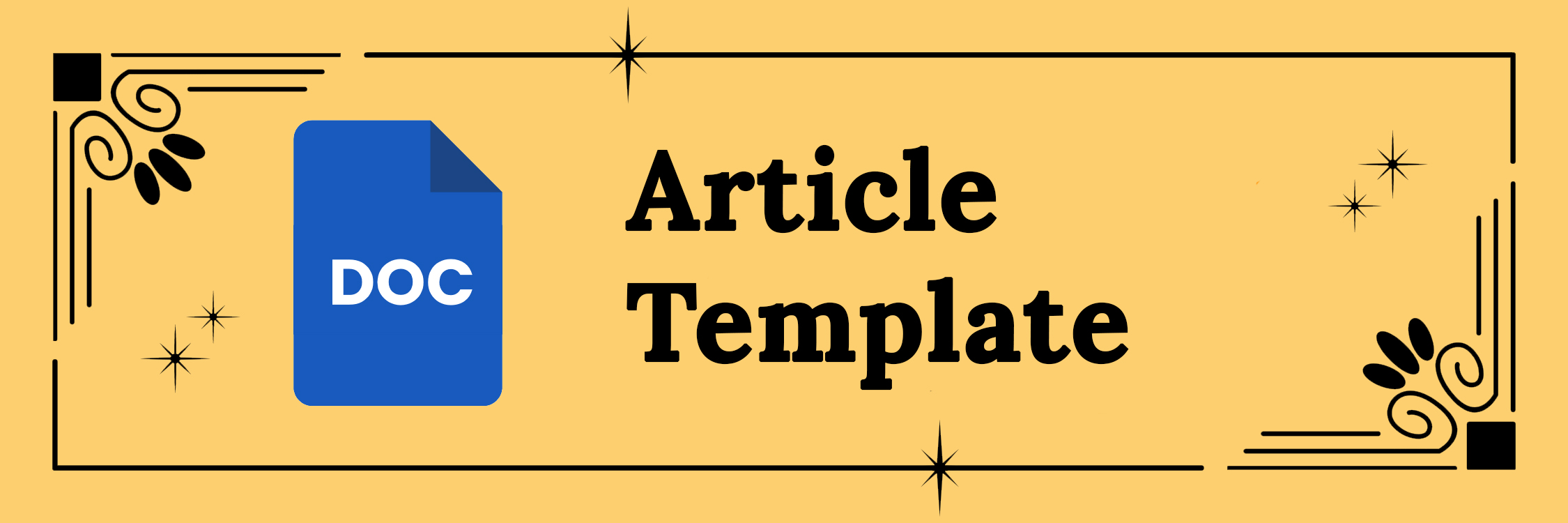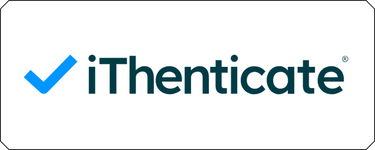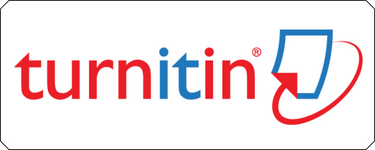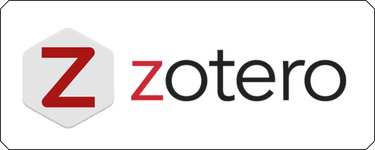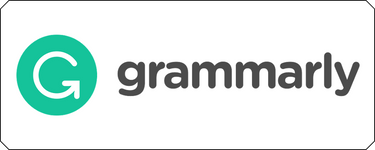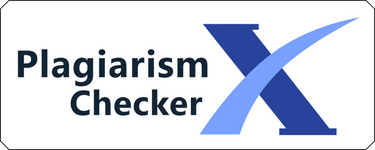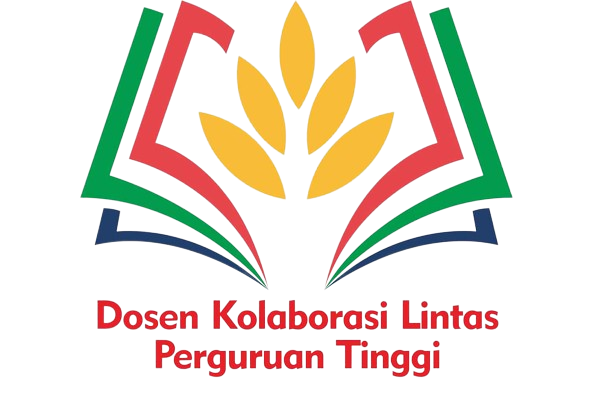PESTLE Analysis of the Free Nutritious Meal Program Policy in Indonesia
DOI:
https://doi.org/10.31629/jgbr.v1i1.7156Keywords:
PESTLE, Policy, Free Nutritious MealAbstract
Free Nutritious Meal Program (FNMP) in Indonesia, introduced as a national initiative to combat malnutrition and improve student health outcomes, reflects a significant policy intervention within the country's broader education and health agendas. This study applies a PESTLE (Political, Economic, Social, Technological, Legal, and Environmental) analysis to critically evaluate the policy’s macro-environmental context, aiming to identify enabling and constraining factors that influence its implementation and sustainability. The primary objective is to investigate how external forces impact the effectiveness and scalability of the FNMP, particularly in diverse socio-economic and geographic regions of Indonesia. Employing a qualitative research approach, the study synthesizes policy documents, governmental reports, media sources, and relevant academic literature published between 2025. Data were coded thematically based on the six PESTLE dimensions to capture complex interdependencies affecting the policy’s rollout. The findings reveal that strong Political will and presidential backing significantly propel the program’s legitimacy and funding, while Economic challenges, such as inflation and budget reallocation, pose sustainability risks. Social, the program is well-received, especially in underprivileged areas, though disparities in community engagement remain. Technological limitations in food distribution logistics and monitoring systems are key operational barriers. Legal, the lack of binding regulatory frameworks weakens enforcement, and Environmentally, issues related to food waste and sustainable sourcing are under-addressed. In conclusion, while the FNMP holds considerable potential for improving child nutrition and educational outcomes, its long-term success depends on multi-sectoral collaboration, robust policy enforcement, and adaptive strategies.
Downloads
References
Achinas, S., Horjus, J., Achinas, V., & Euverink, G. J. W. (2019). A PESTLE Analysis of Biofuels Energy Industry in Europe. Sustainability 2019, Vol. 11, Page 5981, 11(21), 5981. https://doi.org/10.3390/SU11215981
Agyemang, P., Kwofie, E. M., Aidoo, R., Allotey, D. K., & Ngadi, M. (2023). A multi dimensional assessment of sustainable foods and the influence of stakeholder perceptions during nutrition interventions. Food Policy, 118. https://doi.org/10.1016/j.foodpol.2023.102475
Bowen, G. A. (2009). Document analysis as a qualitative research method. Qualitative Research Journal, 9(2), 27–40. https://doi.org/10.3316/QRJ0902027/FULL/XML
Creswell, J. W., & Creswell, J. D. (2018). Research design. Qualitative, quantitative, and mixed methods approaches (5th ed.). SAGE Publications.
Cruz, C., & Keefer, P. (2015). Political Parties, Clientelism, and Bureaucratic Reform. Comparative Political Studies, 48(14), 1942–1973. https://doi.org/10.1177/0010414015594627
Dalirazar, S., & Sabzi, Z. (2023). Strategic analysis of barriers and solutions to development of sustainable buildings using PESTLE technique. International Journal of Construction Management, 23(1), 167–181. https://doi.org/10.1080/15623599.2020.1854931;CTYPE:STRING:JOURNAL
De Lucia, C., Pazienza, P., & Balena, P. (2021). How does ICT influence residents’ attitudes towards tourism as a driver of development? A generalised ordered logistic regression analysis. International Journal of Tourism Research, 23(6), 1126–1150. https://doi.org/10.1002/JTR.2473
Do Thi, H. T., Fozer, D., & Toth, A. J. (2023). Extensive comparison of methods for removal of organic halogen compounds from pharmaceutical process wastewaters with life cycle, PESTLE, and multi criteria decision analyses. Journal of Environmental Management, 345. https://doi.org/10.1016/j.jenvman.2023.118593
Do Thi, H. T., Pasztor, T., Fozer, D., Manenti, F., & Toth, A. J. (2021). Comparison of Desalination Technologies Using Renewable Energy Sources with Life Cycle, PESTLE, and Multi Criteria Decision Analyses. Water 2021, Vol. 13, Page 3023, 13(21), 3023. https://doi.org/10.3390/W13213023
Do Thi, H. T., & Toth, A. J. (2024). Environmental evaluation and comparison of hybrid separation methods based on distillation and pervaporation for dehydration of binary alcohol mixtures with life cycle, PESTLE, and multi criteria decision analyses. Separation and Purification Technology, 348. https://doi.org/10.1016/j.seppur.2024.127684
Fozer, D., Sziraky, F. Z., Racz, L., Nagy, T., Tarjani, A. J., Toth, A. J., Haaz, E., Benko, T., & Mizsey, P. (2017). Life cycle, PESTLE and Multi Criteria Decision Analysis of CCS process alternatives. Journal of Cleaner Production, 147, 75–85. https://doi.org/10.1016/J.JCLEPRO.2017.01.056
Fusch, P. I., & Ness, L. R. (2015). Are we there yet? Data saturation in qualitative research. Qualitative Report, 20(9), 1408–1416. https://doi.org/10.46743/2160 3715/2015.2281
Hong, J., Hollin, I. L., & Ellison, T. A. (2023). Economic Evaluation in Kidney Transplantation: A Scoping Review and Novel PESTLE Stakeholder Gaps Analysis. Transplantation Proceedings, 55(10), 2419–2428. https://doi.org/10.1016/j.transproceed.2023.10.002
Houghton, C., Casey, D., Shaw, D., & Murphy, K. (2013). Rigour in qualitative case study research. Nurse Researcher, 20(4), 12–17. https://doi.org/10.7748/NR2013.03.20.4.12.E326
Kolios, A., & Read, G. (2013). A Political, Economic, Social, Technology, Legal and Environmental (PESTLE) Approach for Risk Identification of the Tidal Industry in the United Kingdom. Energies 2013, Vol. 6, Pages 5023 5045, 6(10), 5023–5045. https://doi.org/10.3390/EN6105023
Mahadiansar, M., Alfiandri, A., & Marliani, M. (2023). PESTEL Analysis of Blue Economy Development Policy in Indonesia. BIO Web of Conferences, 70, 05005. https://doi.org/10.1051/BIOCONF/20237005005
Miles, M. B., Huberman, A. M., & Saldana, J. (2014). Qualitative Data Analysis: A Methods Sourcebook. In Qualitative Data Analysis A Methods Sourcebook (3rd ed., Vol. 47, Issue Suppl 4). SAGE Publications. http://www.uk.sagepub.com/books/Book239534?siteId=sage uk
Mostafa, A. A., Youseff, K., & Abdelrahman, M. (2020). Analysis of Photovoltaics in Egypt using SWOT and PESTLE. International Journal of Applied Energy Systems, 2(1), 11–14. https://doi.org/10.21608/IJAES.2020.169936
Münter, M. T. (2024). Pestle Analysis. Reference Module in Social Sciences. https://doi.org/10.1016/B978 0 443 13701 3.00200 0
Nandonde, F. A. (2019). A PESTLE analysis of international retailing in the East African Community. Global Business and Organizational Excellence, 38(4), 54–61. https://doi.org/10.1002/JOE.21935;PAGEGROUP:STRING:PUBLICATION
Portman, M. E. (2015). Marine spatial planning in the Middle East: Crossing the policy planning divide. Marine Policy, 61, 8–15. https://doi.org/10.1016/j.marpol.2015.06.025
Ricci, S., Janout, V., Parker, S., Jerabek, J., Hajny, J., Chatzopoulou, A., & Badonnel, R. (2021). PESTLE Analysis of Cybersecurity Education. ACM International Conference Proceeding Series. https://doi.org/10.1145/3465481.3469184
Sandelowski, M. (2010). What’s in a name? Qualitative description revisited. Research in Nursing and Health, 33(1), 77–84. https://doi.org/10.1002/NUR.20362
Soares, C. A., Shendrikova, D., Crevani, G., Silinto, B., & Colombo, E. (2023). Enabling factors for the development of mini grid solutions in Mozambique: A PESTLE based analysis. Energy Strategy Reviews, 45, 101040. https://doi.org/10.1016/J.ESR.2022.101040
Walsh, K., Bhagavatheeswaran, L., & Roma, E. (2019). E learning in healthcare professional education: an analysis of political, economic, social, technological, legal and environmental (PESTLE) factors. MedEdPublish, 8, 97. https://doi.org/10.15694/MEP.2019.000097.1
Yudha, S. W., Tjahjono, B., & Kolios, A. (2018). A PESTLE policy mapping and stakeholder analysis of Indonesia’s fossil fuel energy industry. Energies, 11(5). https://doi.org/10.3390/EN11051272
Zahari, A. R., & Romli, F. I. (2019). Analysis of suborbital flight operation using PESTLE. Journal of Atmospheric and Solar Terrestrial Physics, 192, 104901. https://doi.org/10.1016/J.JASTP.2018.08.006
Downloads
Published
Issue
Section
License
Copyright (c) 2024 Marnia Marnia, Lydia Agustini, Dedek Hardianti, Palentin Enjelika Turnip, Fridayanti Waruwu, Agung Dewana Firda

This work is licensed under a Creative Commons Attribution-ShareAlike 4.0 International License.
You are free to:
- Share — copy and redistribute the material in any medium or format for any purpose, even commercially.
- Adapt — remix, transform, and build upon the material for any purpose, even commercially.
- The licensor cannot revoke these freedoms as long as you follow the license terms.
Under the following terms:
- Attribution — You must give appropriate credit, provide a link to the license, and indicate if changes were made . You may do so in any reasonable manner, but not in any way that suggests the licensor endorses you or your use.
- ShareAlike — If you remix, transform, or build upon the material, you must distribute your contributions under the same license as the original.
- No additional restrictions — You may not apply legal terms or technological measures that legally restrict others from doing anything the license permits.

